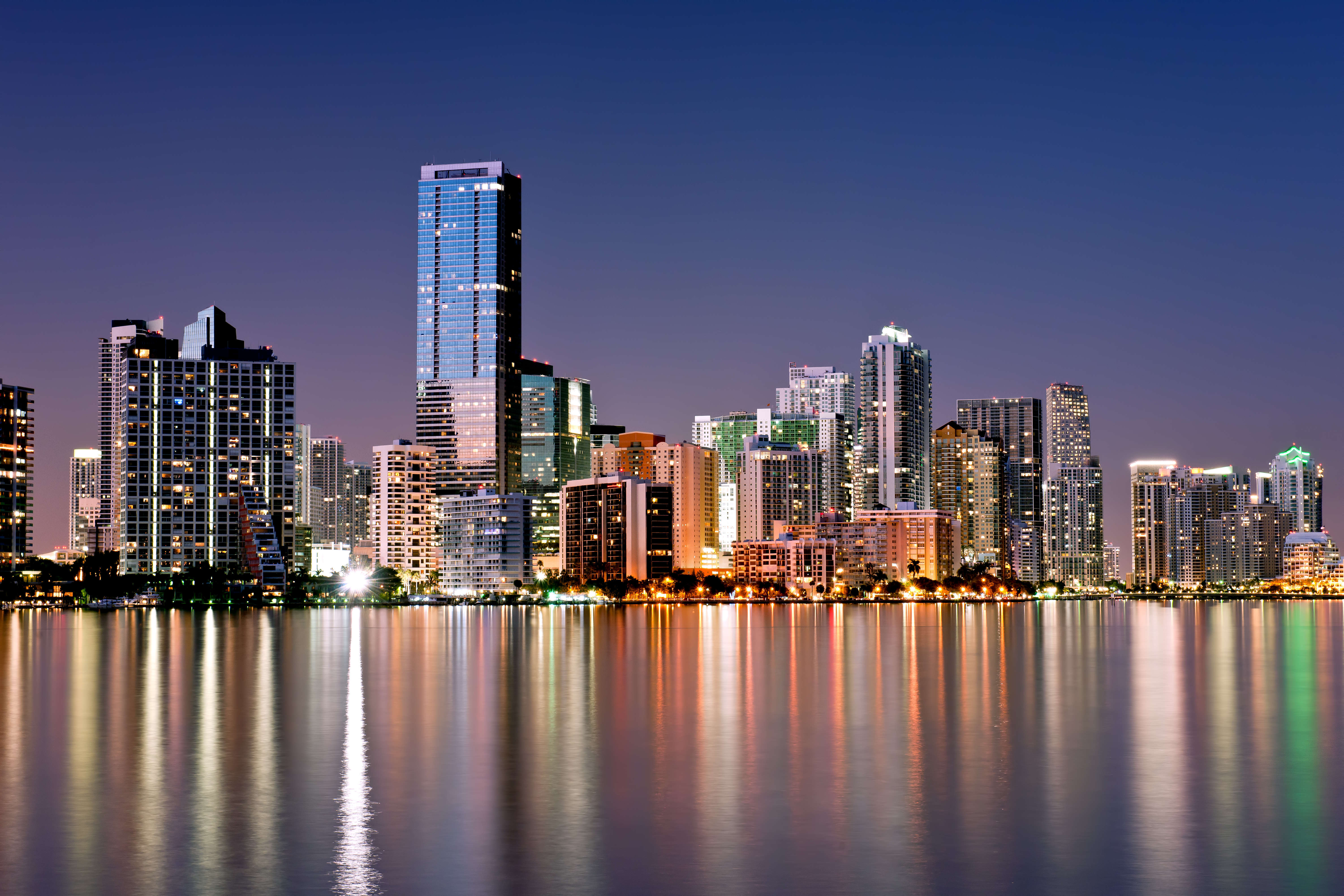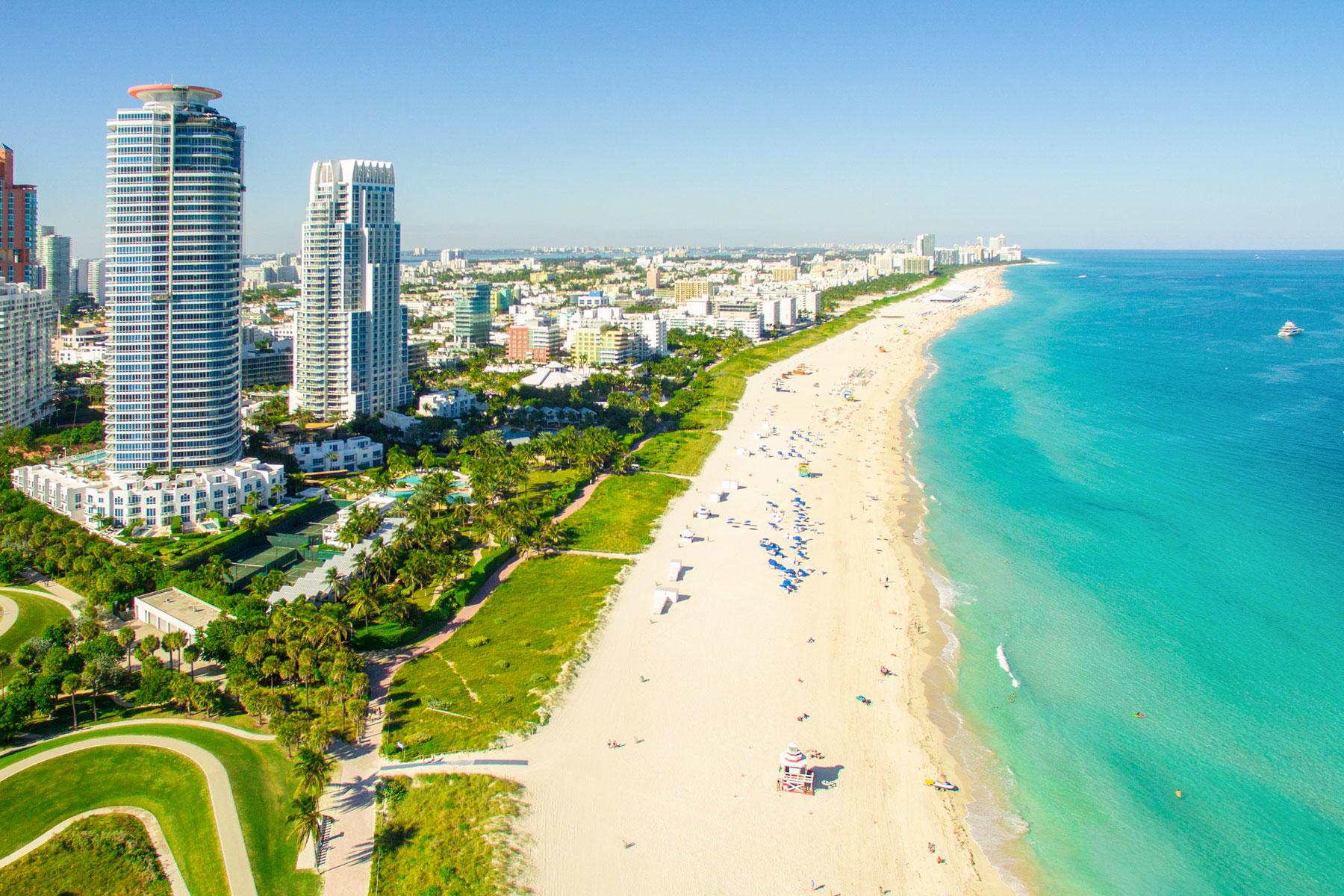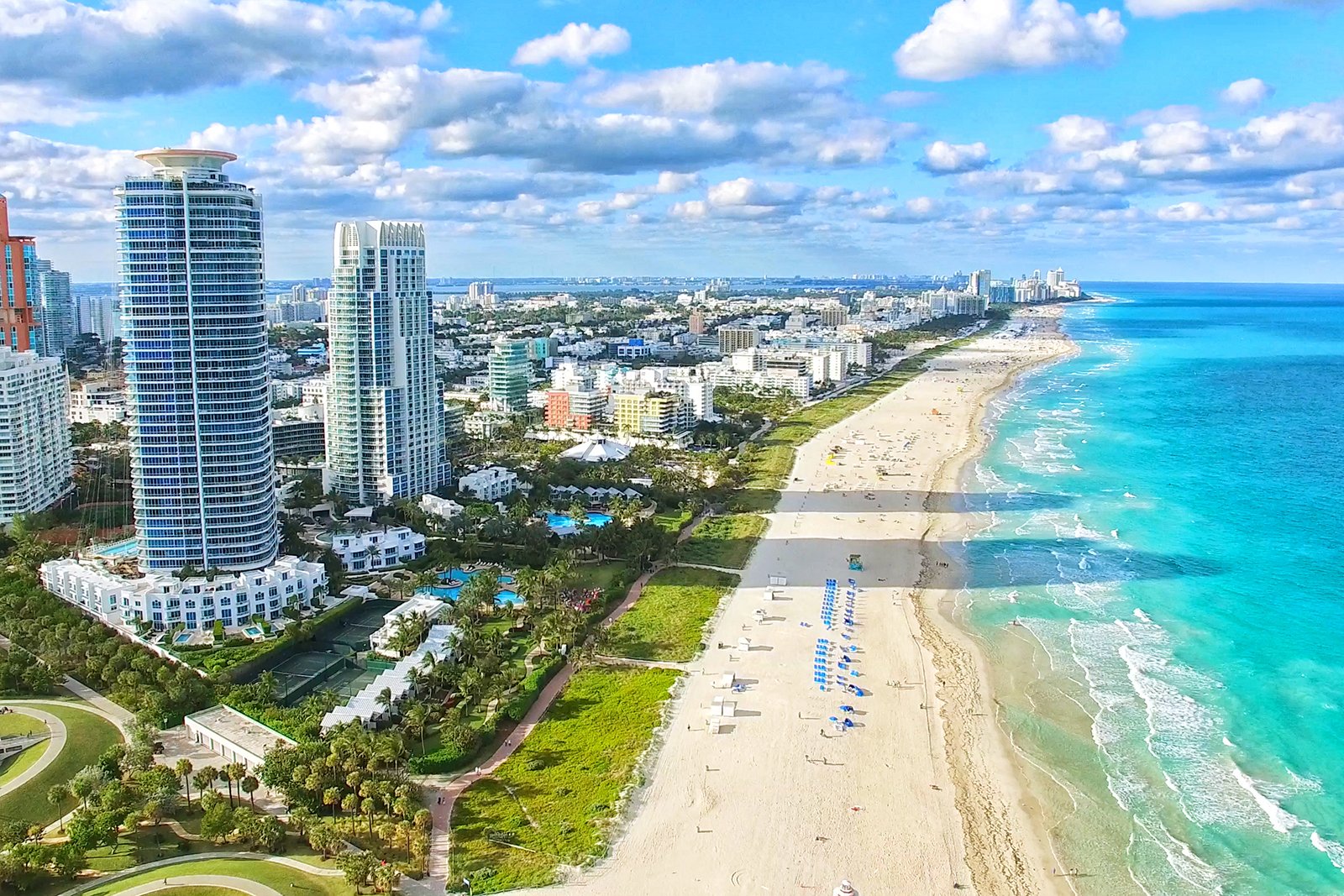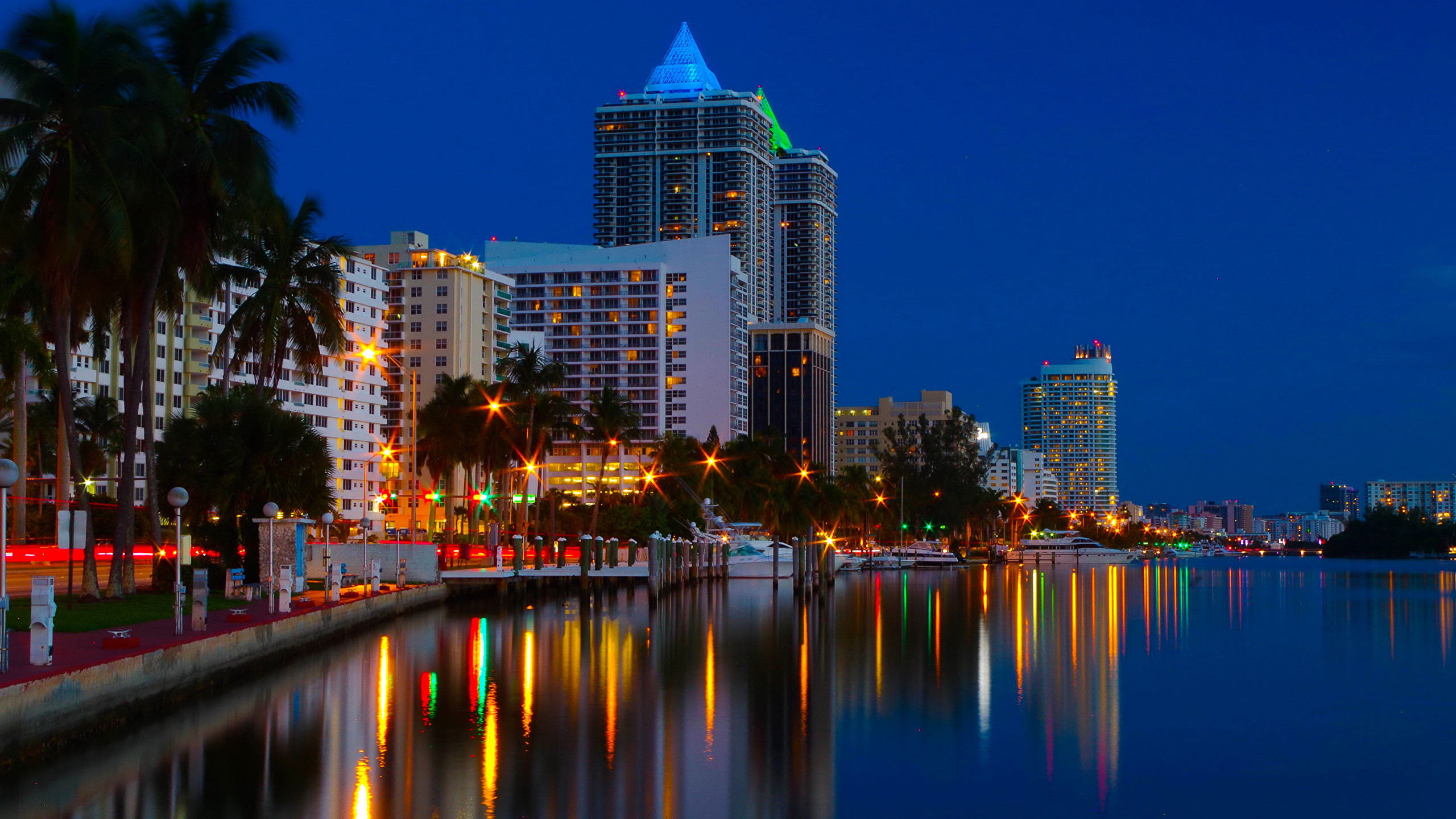
Beyond the Lines: Unearthing Miami Nation History on the Lands of Indiana and Ohio
A map is rarely just lines on paper. For indigenous peoples, especially the Miami Nation (Myaamia), a map of their ancestral lands in what is now Indiana and Ohio is a living tapestry of history, identity, and enduring connection. It’s a narrative etched in rivers, forests, and prairies, telling a story of sovereignty, displacement, and remarkable resilience. For travelers and history enthusiasts, understanding this map means seeing the Midwest not just as a collection of states, but as a deeply layered landscape, rich with the echoes of a vibrant civilization.
This article delves into the Miami Nation’s historical lands, exploring the profound history and identity tied to this pivotal region. Prepare to look at Indiana and Ohio with new eyes, understanding the deep indigenous roots beneath the modern surface.
The Heart of the Myaamia World: Pre-Contact Dominance

Before European contact, the Miami Nation was a dominant power in the Great Lakes region, particularly across what would become western Ohio and most of Indiana. Their name, Myaamia, translates to "the downriver people," reflecting their strategic location along vital waterways. The Wabash River, flowing through the heart of Indiana, and the Maumee River, connecting to Lake Erie, were not mere geographic features; they were the arteries of Myaamia life, culture, and commerce.
Their territory was not static, but at its zenith, the Miami held sway over vast, fertile lands. This was a sophisticated society, organized into a confederacy of interdependent villages. Kekionga, located at the confluence of the St. Joseph, St. Marys, and Maumee Rivers (modern-day Fort Wayne, Indiana), served as their primary village and a central hub for trade, diplomacy, and political decision-making. Other significant villages dotted the landscape along the Wabash, Mississinewa, and Eel Rivers.
The Myaamia were adept hunters, farmers, and traders. Their rich agricultural practices focused on corn, beans, and squash, while the abundant forests and prairies provided deer, buffalo, and other game. They navigated the intricate network of rivers and trails, connecting with neighboring tribes like the Potawatomi, Kickapoo, and Shawnee through extensive trade networks. This was a thriving civilization, marked by a deep understanding of their environment, a complex social structure, and a vibrant spiritual life intimately connected to the land.
European Arrival and the Dawn of Conflict

The arrival of Europeans in the 17th century brought profound changes, irrevocably altering the Myaamia world. Initially, French traders established relationships with the Miami, drawn by the lucrative fur trade. The Miami, astute political actors, leveraged these new alliances, gaining access to European goods like firearms, tools, and textiles, which they integrated into their existing economic and cultural systems. This period saw the Miami maintaining a strong degree of autonomy, strategically playing European powers against each other to their advantage.
However, as British and later American influence grew, the pressure on Myaamia lands intensified. The Ohio River Valley, a critical hunting ground and transportation route, became a flashpoint. The Miami, along with other allied tribes, found themselves at the forefront of resistance against encroaching colonial expansion. They were not passive victims; they were formidable warriors and strategists, fiercely defending their ancestral territories.
The late 18th century marked a period of intense conflict known as the Northwest Indian War (or Little Turtle’s War). Under the brilliant leadership of Miami war chief Little Turtle (Mihšihkinaahkwa) and Shawnee chief Blue Jacket, a confederacy of Native American nations achieved significant victories against the fledgling United States army. Notably, Harmar’s Defeat in 1790 and St. Clair’s Defeat in 1791 represented the worst defeats ever suffered by the U.S. Army at the hands of Native Americans. These victories underscored the Miami’s military prowess and their determination to protect their homelands.
The Erosion of Sovereignty: Treaties and Removal

Despite their military successes, the tide eventually turned. The Battle of Fallen Timbers in 1794, where General "Mad" Anthony Wayne’s Legion of the United States decisively defeated the Western Confederacy, signaled a turning point. The subsequent Treaty of Greenville in 1795 forced the Miami and their allies to cede vast tracts of land, primarily in what is now Ohio and southeastern Indiana. This was the first in a series of treaties that would systematically dispossess the Miami of their ancestral domain.
Over the next few decades, a relentless campaign of land cession treaties chipped away at the Miami’s remaining territory. Pressured by a rapidly expanding American population, political manipulation, and often outright coercion, the Miami were forced to sign away millions of acres. Each treaty diminished their land base, confined them to smaller reservations, and eroded their traditional way of life. The U.S. government’s policy was clear: remove Native Americans to make way for white settlement.
The climax of this era was the forced removal of the majority of the Miami Nation in 1846. Despite earlier treaty promises of permanent homes, the Miami were forcibly marched from their Indiana lands to Indian Territory (present-day Kansas, and later Oklahoma). This traumatic "Trail of Tears" for the Miami Nation was a brutal act of displacement, severing generations of connection to their sacred landscapes and cultural heartland. A small number of Miami, through strategic negotiation and often intermarriage with white settlers, managed to remain in Indiana, forming the core of what is today the Miami Nation of Indiana (a state-recognized, but not federally recognized, tribal entity).
Enduring Identity: The Miami Nation Today
Despite the profound losses, the Miami Nation has demonstrated remarkable resilience and an unwavering commitment to their identity. The Miami Tribe of Oklahoma is a federally recognized sovereign nation, headquartered in Miami, Oklahoma. They have rebuilt their community, maintaining their government, culture, and traditions.
Crucially, in the late 20th and early 21st centuries, there has been an extraordinary revitalization of Myaamia culture and language. A cornerstone of this effort is the Myaamia Center at Miami University in Oxford, Ohio (ironically named for the river, which was named for the tribe). This partnership between the Miami Tribe of Oklahoma and the university is dedicated to language and cultural revitalization, research, and education. Through their tireless work, the Myaamia language (Myaamiaataweenki), once on the brink of extinction, is being learned by new generations. Traditional arts, stories, and ceremonies are being revived, ensuring that the Myaamia identity continues to thrive.

For the Miami Nation, their historical lands in Indiana and Ohio are not merely a memory; they are foundational to who they are. The rivers, the old village sites, the burial grounds—all hold profound significance. The land is a repository of their history, their ancestors, and their spiritual connection to the world. Their identity is inextricably linked to the place where their people lived, fought, and thrived for millennia.
A Traveler’s Guide to Understanding the Myaamia Landscape
For those traveling through Indiana and Ohio, understanding the Miami Nation’s historical lands transforms the journey. It’s an invitation to see beyond the modern highways and towns, to glimpse the ancient landscape and its layered stories.
What to Look For and How to Engage:
- Rivers as Arteries: Pay attention to the Wabash and Maumee Rivers. These were the highways of the Myaamia. Imagine canoes navigating their currents, villages thriving along their banks. Many state parks and natural areas along these rivers offer glimpses into the landscape as it might have appeared centuries ago.
- Kekionga/Fort Wayne: Visit Fort Wayne, Indiana. While much of the original landscape is built over, the convergence of the St. Joseph, St. Marys, and Maumee Rivers is still there. This was the heart of the Miami Confederacy. The Old Fort Wayne offers some historical interpretation, but it’s crucial to seek out resources that specifically address the Miami perspective.
- Historical Markers: Throughout Indiana and Ohio, you’ll find historical markers. Many will reference Native American presence. Read them critically; sometimes they focus solely on the "settler" narrative. Seek out those that specifically name the Miami Nation and offer details about their history.
- Museums and Cultural Centers:
- Eiteljorg Museum of American Indians and Western Art (Indianapolis, IN): Features excellent exhibits on Native American cultures, including those of the Great Lakes region.
- Indiana State Museum (Indianapolis, IN): Often has exhibits on Indiana’s indigenous history.
- Ohio History Connection (Columbus, OH): Offers insights into Ohio’s Native American past.
- Myaamia Center (Miami University, Oxford, OH): While not a public museum, their website (myaamiacenter.org) is an invaluable resource for learning directly from the Miami Nation about their language, culture, and history.
- Respect and Reflection: When visiting historical sites or natural areas, remember that these lands hold deep meaning for the Miami Nation. Approach with respect, acknowledging the long history of indigenous stewardship. Avoid disturbing sites, and always leave no trace.
- Seek Indigenous Voices: Prioritize learning directly from the Miami Nation. Their official websites (e.g., miamination.com for the Miami Tribe of Oklahoma) offer accurate information and perspectives.
Conclusion: A Living Map
The historical lands map of the Miami Nation in Indiana and Ohio is far more than a cartographic representation of past territories. It is a testament to a powerful people who shaped the landscape, defended their homes, endured immense hardship, and are now reclaiming their heritage with vigor. For the modern traveler, understanding this map transforms a casual journey into a profound historical exploration. It encourages a deeper appreciation for the complex, often painful, but ultimately triumphant story of indigenous America.
By engaging with this history, we honor the Miami Nation and contribute to a more complete, nuanced understanding of the lands we inhabit. So, as you traverse the rivers and fields of Indiana and Ohio, remember the Myaamia—the downriver people—whose enduring spirit continues to resonate across their ancestral lands.


